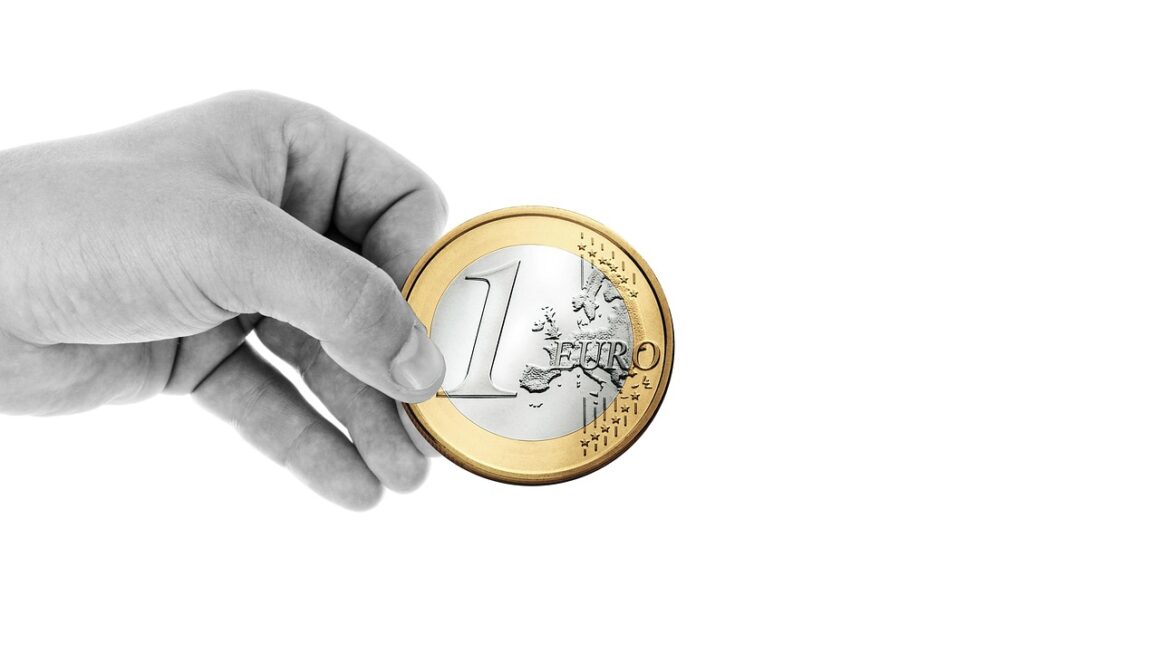Saving money is a goal shared by many, regardless of income level. Whether you’re saving for a down payment on a house, a comfortable retirement, or simply want to build a financial safety net, the principles remain the same: spend less than you earn and make your money work for you. This guide will delve into practical strategies and actionable steps you can take to start saving money today and achieve your financial goals.
Creating a Budget and Tracking Expenses
One of the most fundamental steps towards saving money is understanding where your money is going. Creating a budget and meticulously tracking your expenses provides valuable insights into your spending habits and helps identify areas where you can cut back.
Setting Up a Budget
- Identify your income: Calculate your net income (after taxes and deductions). This is the money you actually have available to spend.
- List your expenses: Categorize your spending into fixed expenses (rent/mortgage, utilities, insurance) and variable expenses (groceries, entertainment, transportation).
- Use budgeting tools: Consider using budgeting apps like Mint, YNAB (You Need a Budget), or Personal Capital. These tools automatically track your spending and provide detailed reports.
- The 50/30/20 Rule: A popular budgeting method suggests allocating 50% of your income to needs, 30% to wants, and 20% to savings and debt repayment. This can be a helpful starting point for structuring your budget.
- Review and adjust: Your budget isn’t set in stone. Review it regularly (monthly is ideal) and adjust it based on your changing needs and financial goals.
Tracking Your Expenses
- Record every transaction: Use a notebook, spreadsheet, or budgeting app to track every purchase, no matter how small.
- Categorize your spending: This helps you identify where your money is going.
- Analyze your spending patterns: Look for areas where you’re overspending or making unnecessary purchases.
- Identify triggers: Understand what situations or emotions lead to impulse spending. For example, are you more likely to spend money when you’re stressed or bored?
- Example: Sarah noticed she was spending $150 per month on coffee at coffee shops. By making coffee at home, she could save $120 per month, or $1440 per year.
Reducing Your Expenses
Once you have a clear understanding of your spending habits, you can start identifying areas where you can cut back and save money.
Lowering Fixed Expenses
- Negotiate bills: Contact your service providers (internet, phone, insurance) and ask for a lower rate. Many companies are willing to offer discounts to retain customers.
- Shop around for insurance: Compare quotes from different insurance companies to find the best rates for your auto, home, and life insurance policies.
- Refinance debt: If you have high-interest debt, consider refinancing to a lower interest rate. This can save you significant money over the long term.
- Consider downsizing: If you’re living in a space that’s larger than you need, consider downsizing to a smaller home or apartment.
- Reduce utility consumption: Simple steps like turning off lights when you leave a room, using energy-efficient appliances, and lowering your thermostat can significantly reduce your utility bills.
Cutting Variable Expenses
- Meal planning: Plan your meals for the week and create a grocery list to avoid impulse purchases and food waste. According to the USDA, approximately 30-40% of the US food supply is wasted.
- Cook at home: Eating out is significantly more expensive than cooking at home.
- Limit entertainment spending: Find free or low-cost entertainment options, such as hiking, visiting parks, or attending free community events.
- Cancel unused subscriptions: Review your subscriptions (streaming services, magazines, gym memberships) and cancel any that you’re not using.
- Buy in bulk: Purchase non-perishable items in bulk to save money per unit.
- Embrace DIY: Learn to do things yourself, such as home repairs, car maintenance, and personal grooming.
- Example: John cut his cable TV subscription and switched to a streaming service bundle, saving him $75 per month.
Setting Financial Goals
Having clear financial goals provides motivation and direction for your savings efforts. Without goals, it’s easy to lose sight of why you’re saving and to give in to impulse spending.
Types of Financial Goals
- Short-term goals: Saving for a vacation, a new appliance, or paying off a credit card balance. (typically within 1-3 years)
- Mid-term goals: Saving for a down payment on a house, a car, or your children’s education. (typically within 3-10 years)
- Long-term goals: Saving for retirement, early retirement, or financial independence. (typically over 10 years)
Making Goals SMART
- Specific: Clearly define what you want to achieve.
- Measurable: Set quantifiable targets so you can track your progress.
- Achievable: Make sure your goals are realistic and attainable.
- Relevant: Ensure your goals align with your values and priorities.
- Time-bound: Set a deadline for achieving your goals.
- Example: Instead of saying “I want to save money,” a SMART goal would be “I want to save $5,000 for a down payment on a car within 12 months by saving $417 per month.”
Automating Your Savings
Automating your savings is one of the most effective ways to consistently save money without having to think about it.
Setting Up Automatic Transfers
- Schedule regular transfers: Set up automatic transfers from your checking account to your savings account on a regular basis (e.g., weekly, bi-weekly, monthly).
- Treat savings like a bill: Make saving a non-negotiable part of your budget.
- Use employer retirement plans: Take advantage of employer-sponsored retirement plans, such as 401(k)s, especially if your employer offers matching contributions.
- Set up direct deposit: Have a portion of your paycheck automatically deposited into your savings account.
- Consider micro-saving apps: Apps like Acorns and Digit automatically save small amounts of money for you based on your spending habits.
Maximizing Retirement Savings
- Take advantage of employer matching: If your employer offers matching contributions to your 401(k), contribute enough to get the full match. This is essentially free money.
- Increase your contribution rate: Gradually increase your contribution rate over time. Even a small increase can make a big difference in the long run.
- Consider Roth IRA or Traditional IRA: Explore these options to maximize tax advantages on your retirement savings.
- Example: Setting up an automatic transfer of $50 per week into a savings account results in $2600 saved in one year.
Increasing Your Income
While reducing expenses is crucial, increasing your income can significantly accelerate your savings progress.
Side Hustles and Freelancing
- Identify your skills: What skills or talents do you have that you can monetize?
- Explore online platforms: Platforms like Upwork, Fiverr, and TaskRabbit connect freelancers with clients.
- Offer services locally: Offer your services to friends, family, and neighbors.
- Consider driving for ride-sharing services: Services like Uber and Lyft offer flexible earning opportunities.
- Deliver food: Companies like DoorDash and Grubhub allow you to earn money by delivering food.
Negotiating a Raise
- Research salary ranges: Know your worth by researching salary ranges for your position and experience level.
- Document your accomplishments: Keep track of your achievements and contributions to the company.
- Practice your negotiation skills: Be prepared to confidently articulate your value to your employer.
- Schedule a meeting: Request a meeting with your manager to discuss your salary.
- Example:* Earning an extra $200 per month from a side hustle can significantly boost savings and accelerate progress towards financial goals.
Conclusion
Saving money is a journey, not a destination. By implementing these strategies and consistently making small changes to your spending habits, you can achieve your financial goals and build a secure financial future. Remember that consistency is key, and even small savings can add up over time. Start today, track your progress, and celebrate your successes along the way.




